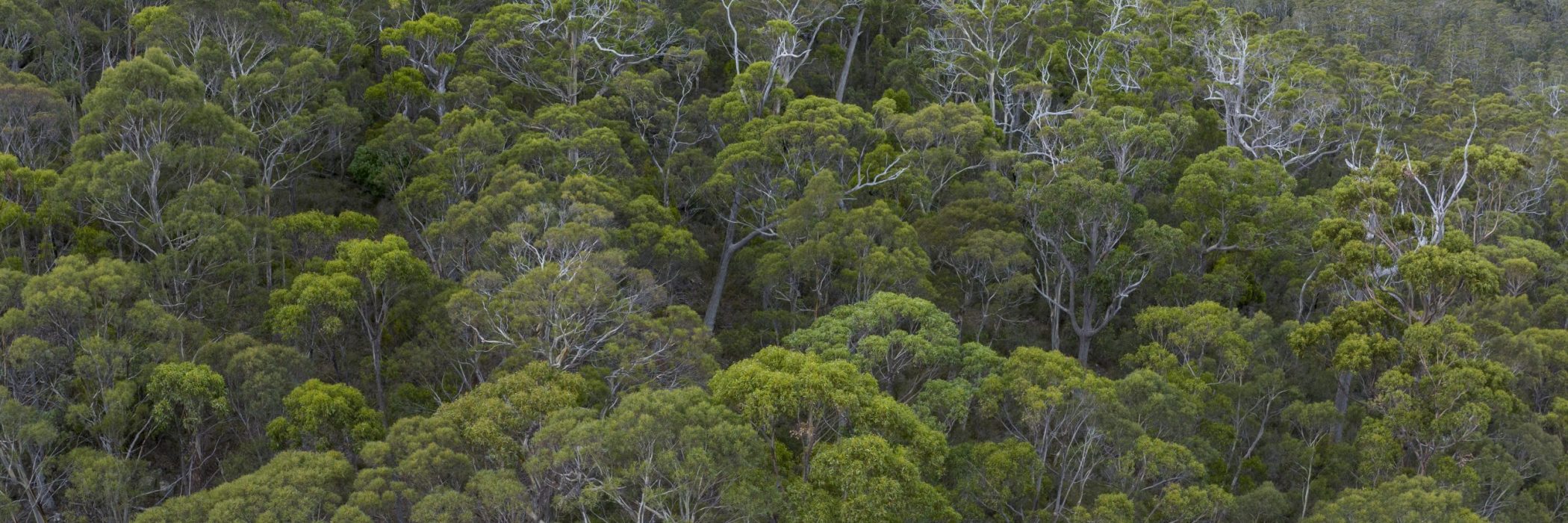What are private reserves and why do they matter?
When people think of nature conservation, they often think of national parks: Tasmania has many that are justly famous. But public reserves like these are not the only way to protect nature. Over the last 20 years, private land conservation has become important; currently, Tasmania has 920 covenants protecting more than 110,000 hectares of private reserves.
James Hattam, CEO of the TLC, explains how private reserves work and why they matter.
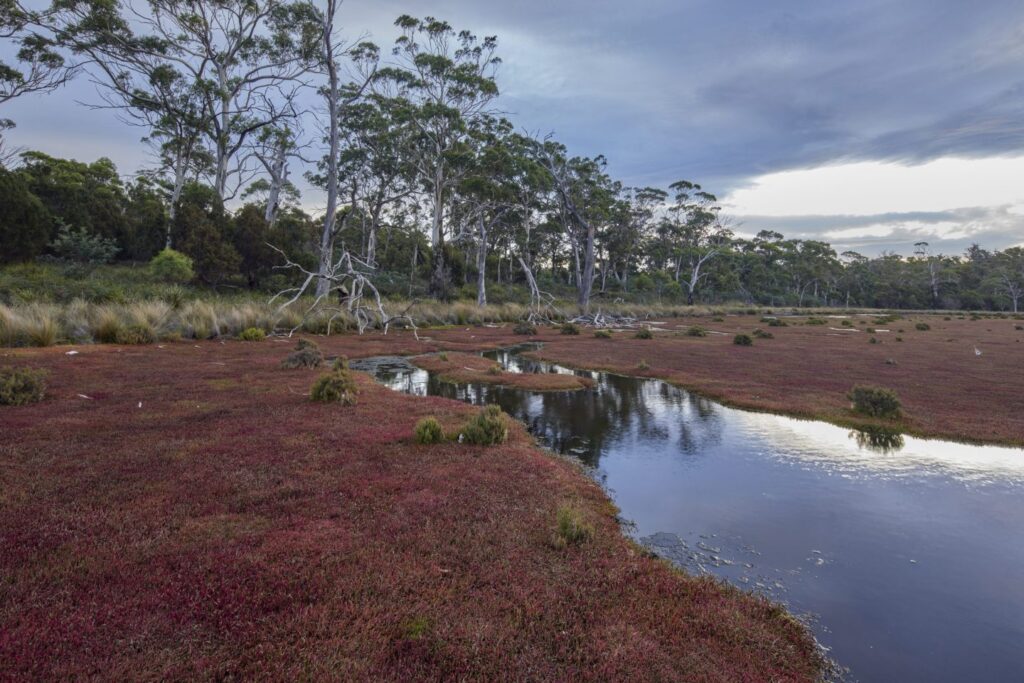
The importance of private land conservation
Since European invasion, the biggest changes to Tasmania’s landscape have occurred in the east. In this region, agriculture and urbanisation have displaced many rare and threatened ecosystems and species. Protecting private land, particularly in this part of the state, means we are protecting habitat that doesn’t typically occur in national parks or public reserves.
As well as protecting threatened species and habitats, private land conservation provides connectivity at a landscape scale, ensuring plants and animals have corridors to move safely from protected area to protected area.
Private reserves have direct benefits for people too. ‘There’s an important social aspect,’ James says. ‘It’s easy for people to feel helpless in the face of climate change and global crises and being able to do something locally is a very powerful thing. People benefit psychologically by contributing to something greater than themselves.
‘And the amazing thing is that it builds this momentum in the community. It brings together people from all walks of life – farmers, retired people, families. It’s about shared values; no matter what your background, your politics, your view of the world, you connect with others who all value their patch and want to look after it.’
Private land conservation has been happening Australia-wide but we’re particularly fortunate in Tasmania with the high-quality intact habitat that exists on private land. As a small island state, we are very connected both socially and ecologically. Our small scale and connectivity mean that a single organisation, the TLC can run a range of private conservation programs.
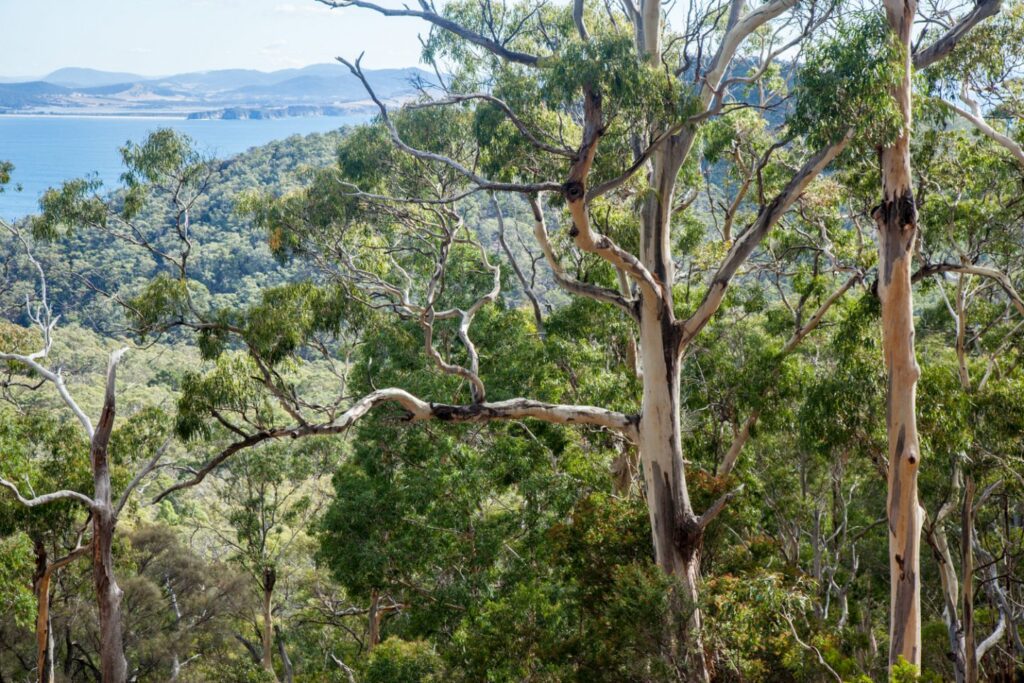
Approaches to protecting private land
Private land conservation is not the same as national parks or public reserves. ‘I see private land conservation as a sort of intersection between humans and nature,’ James says. ‘It requires a different approach to that taken with public reserves, and different types of programs.’
The TLC has two broad approaches: first, it raises funds to purchase high-conservation-value land, which it then manages as reserves. Second, it runs programs that help other landholders protect nature on all or part of their property.
Land for Wildlife is a nonbinding voluntary scheme that encourages, supports and recognises private landowners who are taking a positive approach to land management by incorporating nature conservation on their properties. Land for Wildlife makes a valuable contribution to protecting nature, thanks to the strong conservation ethic of its members, and the effective community participation that is helping to safeguard wildlife across the state.
Through a number of programs, the TLC has worked with landowners to establish or steward conservation covenants on their land; you can read more about covenants in ‘Private landholders protect the places that make Tasmania unique’. Covenants are attached to the land title and are legally binding in perpetuity, meaning that the land’s natural values will be protected forever, whoever owns it. Covenants also contribute to Australia’s network of protected areas, the National Reserve System. One way the TLC works to help set up private nature reserves is through its Revolving Fund. The TLC identifies and purchases properties with important natural values and high saleability. A conservation covenant is registered on the land title. The property is then sold to a new owner, with a site-specific management plan. Funds from the sale are reinvested to purchase the next property.
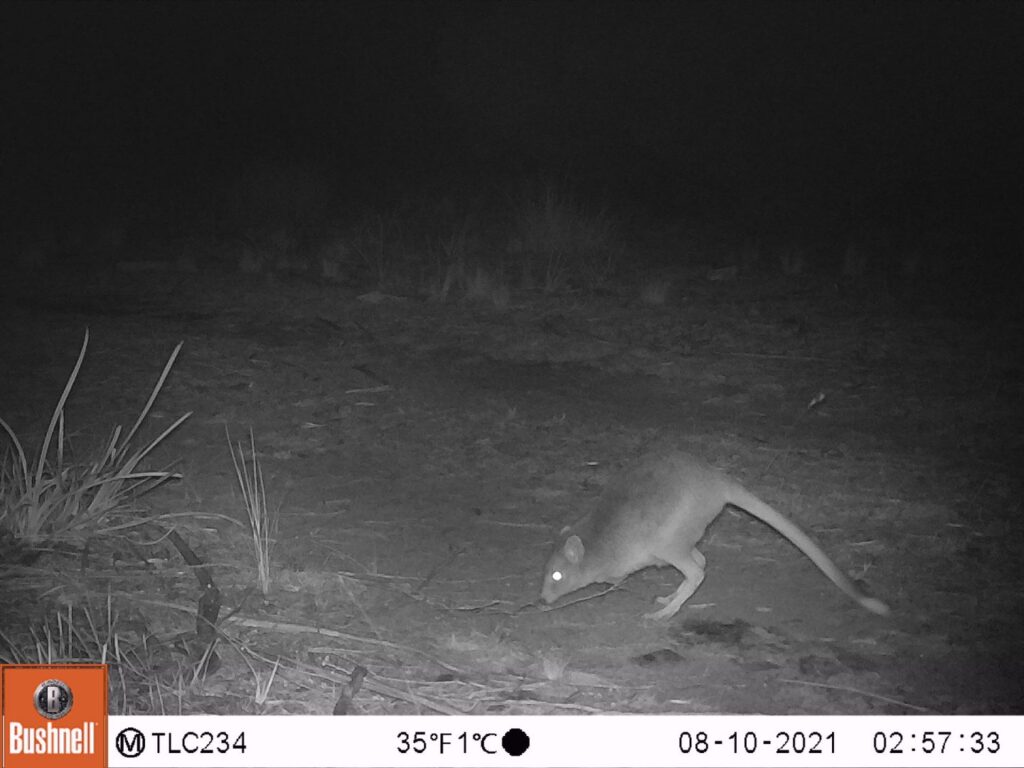
Want to protect nature on your own land?
One of the best steps any interested landholder can take is to sign up for Land for Wildlife. This is a great starting point for private land conservation and a way to make connections with your conservation-minded neighbours as well as with other conservation programs. Or you could take the next step and buy a conservation property through the Revolving Fund.
The TLC often works with all levels of government to establish conservation covenants on properties that meet the criteria of various programs; for example, through the recent Kingborough Environmental Fund. If you are keen to establish a conservation covenant on land you already own, keep an eye out for one of those, or you can register an EOI with the Tasmanian Government’s Private Land Conservation Program.
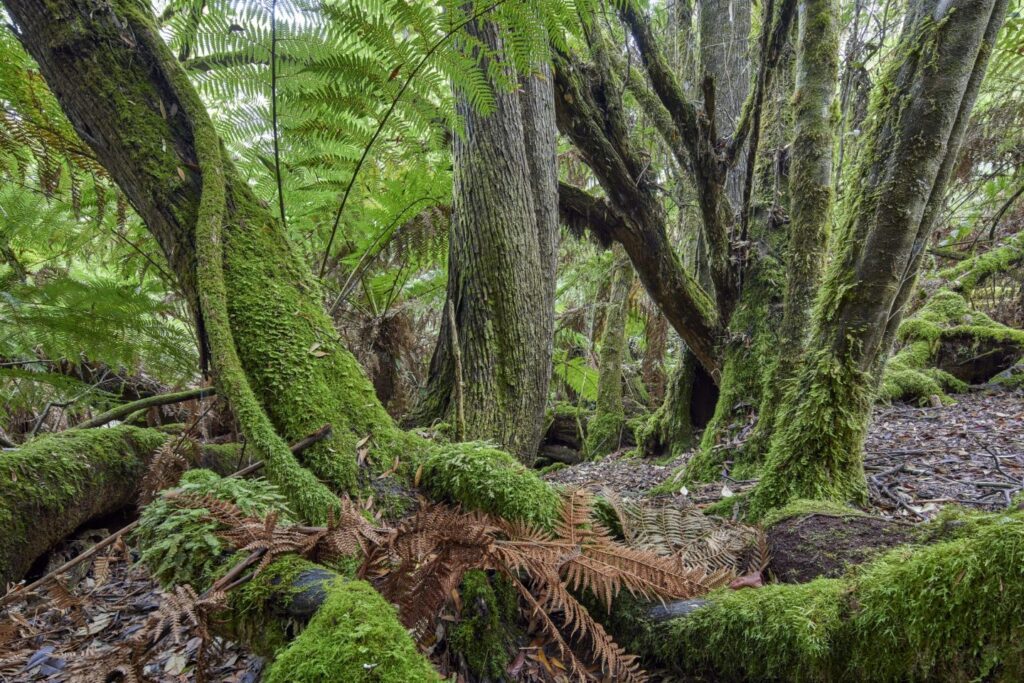
The future of private reserves
In the future, James says, private land conservation will play an even bigger role: ‘At a global level, we’re seeing a “nature positive” push – an understanding that nature is critical not only to climate but for other reasons, including human wellbeing.
‘People come to Tasmania because they love the natural environment. As the growing population pushes up against the island’s natural values, programs like those run by the TLC will become more important.’
Similarly, more consumers want food and fibre that is sustainably sourced from farms with good management practices. Private land conservation plays a part here.
‘People are becoming increasingly aware of the environment,’ says James, ‘And much of what we value is a function of private land conservation.’
Photos of conservation properties sold through the Revolving Fund are by Rob Blakers.



